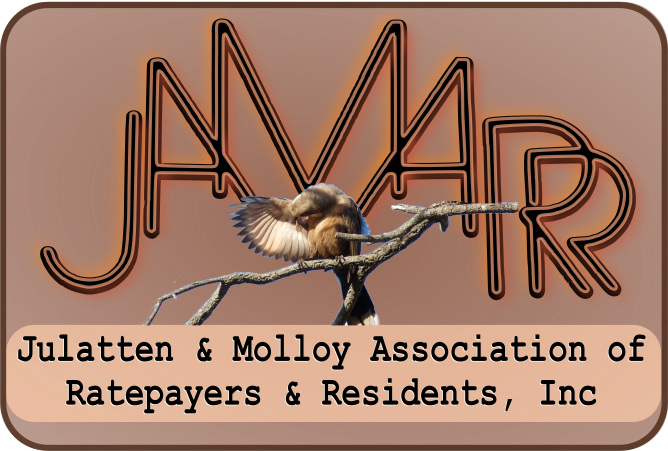Backroads approved for heavy trucks
One of the concerns residents have concerning cane haulage relates to the use of “backroads” for heavy trucks.
Why are heavy trucks used on small backroads?
Cane properties are staked out across the Tablelands, and cane farmers use the same minor access roads that residents and other primary producers use.
Cane is harvested into large cage “bins” which are moved by tractor up to a transfer point at the edge of a farm property. From here the roughly-chopped cane “bats” will be taken to a mill for crushing.
To reduce handling costs, processors want to get the cane to the mill with as few transfer operations as possible. So if a B-Double will be used for the main portion of the haulage, it would save money to simply load cane into the B-Double right at the farm gate and take it straight to the mill.
But is it appropriate for a B-Double or other heavy truck to use the backroads? Or should smaller, lighter vehicles be used? If smaller vehicles are used there will be extra costs to unload the cane from the smaller trucks and transfer it to a larger one.
How big is big?
There are two classes of trucks that are discussed in the permits that cane hauling operators use: “multi-lift trailers” and “B-Doubles”.
Multi-lift Trailer Bin
The two types of regulated vehicle have different requirements for road size, cornering, and intersection design. These factors are included in the concept of “road geometry” which planners and regulators consider when deciding about permission to use the roads.
Who decides usage of the backroads?
Most of the secondary network is managed by the relevant Council. For now this would be Tablelands Regional Council (TRC). Starting in Jan of 2014 this will also be a matter for the new Mareeba Shire Council. The permit itself is issued by thte State govenrment, however, local Council approval must be sought and is likely to be the determining factor in permit approval.
What roads can be used?
A permit is issued to operators allowing them to use specific types of vehicle on named roads. On 1 Aug 2013, TRC officers reported to the Council on the current state of permits:
(referring to) correspondence from Heavy Vehicles Road Operations (Program Office) within Department of Transport and Main Roads to Mackay Sugar (Mossman Mill) advising details of the renewal of their B-Double Additional Route Approval Permit BD1386 effective for the period 1 July 2013 to 30 June 2014. These routes have been previously approved by Council and include the following Council-controlled roads:
B-Double Roads
Multi-lift Trailer Roads
It should also be noted, that the current Guideline for Multi-combination Vehicles as issued by Department of Transport and Main Roads states (in part) that:
“Operations on local authority roads in shaded areas is not restricted unless signs prohibit use or the route is marked for no road train or B-Double operations in the guidelines.”
This means that any vehicle which is authorised to use a particular State-controlled road, for example a B-Double configured truck, can access and use a Council-controlled road provided that particular road is not sign-posted so as to prohibit its use by that type of vehicle.
What permit is relevant?
These matters are defined and authorised under “B-Double Additional Route Permit BD1386” issued by Department of Transport and Main Roads (DTMR).
The permit is renewed annually. The most recent permit covers 1 July 2013 to 30 June 2014.
The permit explicitly states that it is
…subject to ongoing assessment by stakeholders.
We take this to include the community as well as the cane transporters.
What can I do?
If you have an objection to the type of vehicle that has been approved to use a particular road, the first point of objection would be Council.

